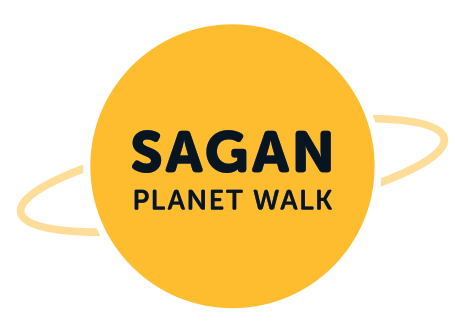NEPTUNE A force to be reckoned with

What Causes Triton’s Geysers?
One of many surprising discoveries made by Voyager 2, the only spacecraft to visit Neptune, was that its largest moon, Triton, had huge geysers erupting from the surface in its south polar region. They reached heights of 8 km (5 mi), 140 times the height of Old Faithful! Voyager’s instruments were not able to determine what they were made of, but scientists have two hypotheses. They could be like the plumes seen on Saturn’s moon, Enceladus, consisting of water ice spraying from a subsurface liquid ocean through cracks in the surface. Or they could be outbursts of nitrogen gas and ice from sunlight heating the nitrogen snow on the surface. It was southern summer when Voyager passed by, and the warmth from sunlight, 900 times weaker than here on Earth, would keep this nitrogen aloft in a thin atmosphere. In winter, though, it would snow back onto the ground. Seasons on Triton last 41 years, but it’s only been 34 years since Voyager 2’s flyby. Read More
Latest News About Neptune
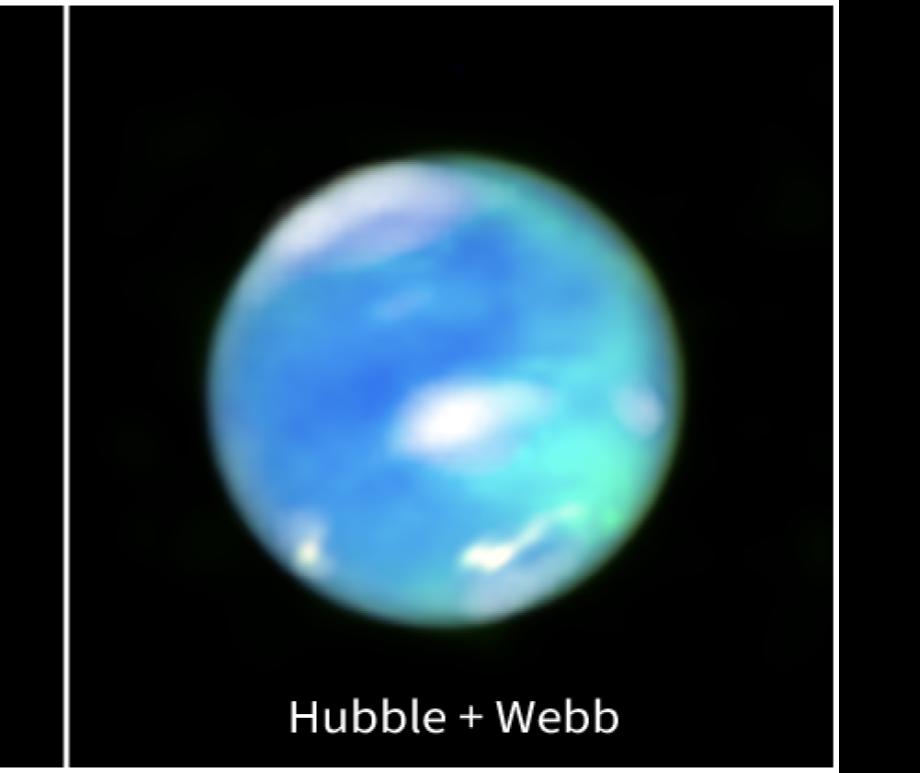
NASA’s Webb captures Neptune’s auroras for first time
March 26, 2025
Long-sought auroral glow finally emerges under Webb’s powerful gaze Read more
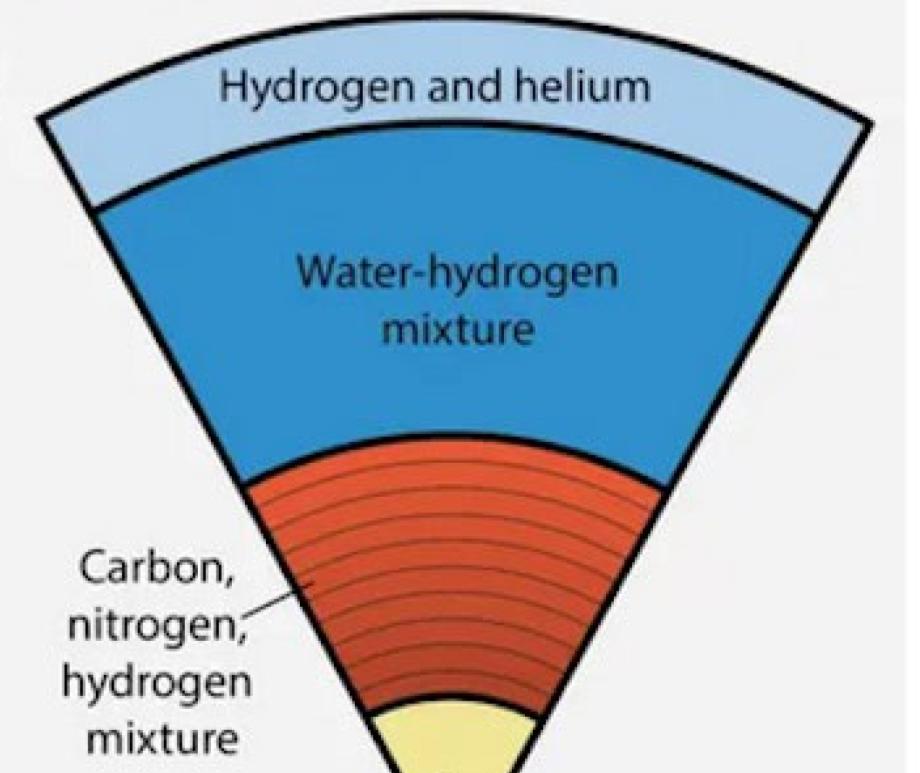
Immiscible ice layers may explain why Uranus and Neptune lack magnetic poles
December 17, 2024
Their disorganized magnetic fields may arise from the icy fluids that make up their interiors Read more
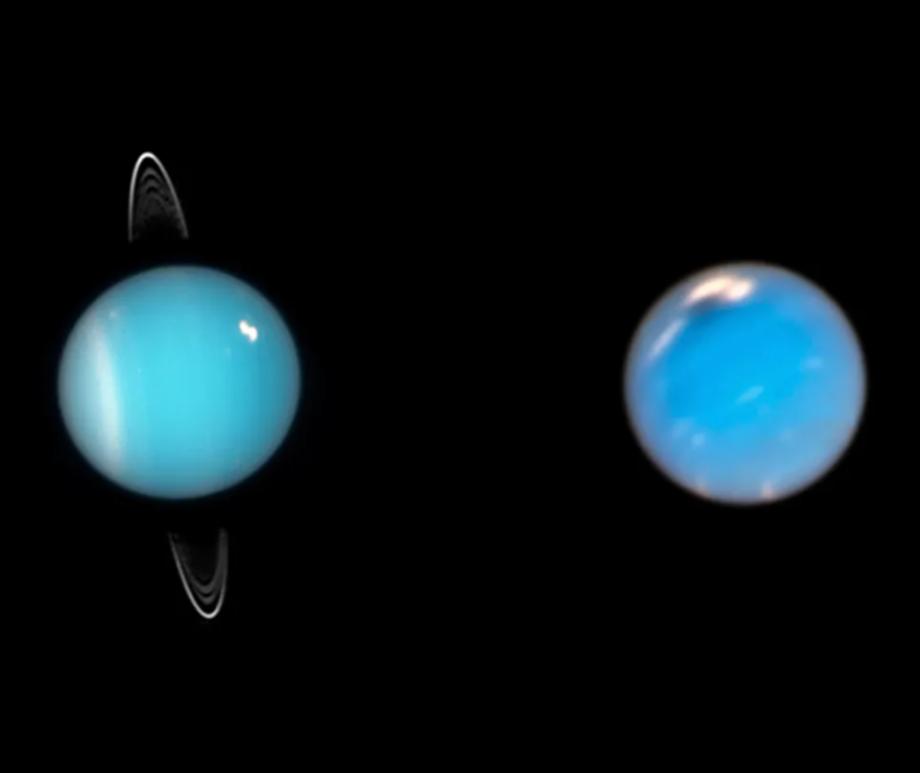
Neptune and Uranus have a magnetic mystery — but the case may finally be cracked
November 25, 2024
They have missing "dipole magnetic fields." Here's why that's really weird Read more
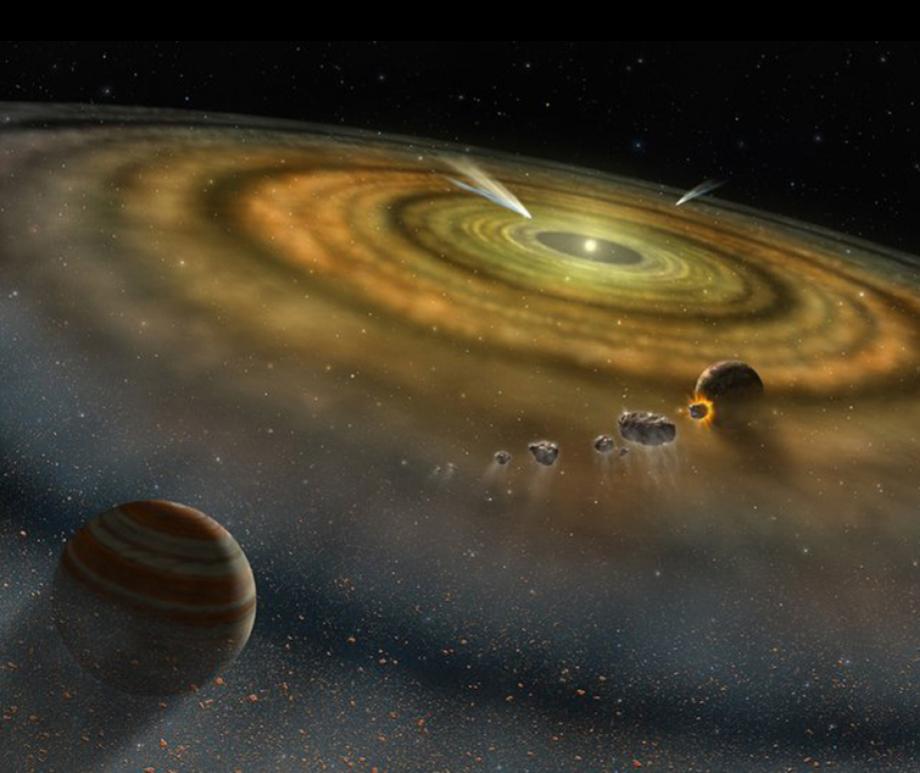
Asteroid grains shed light on the outer solar system’s origins
November 6, 2024
A weak magnetic field likely pulled matter inward to form the outer planetary bodies, from Jupiter to Neptune Read more
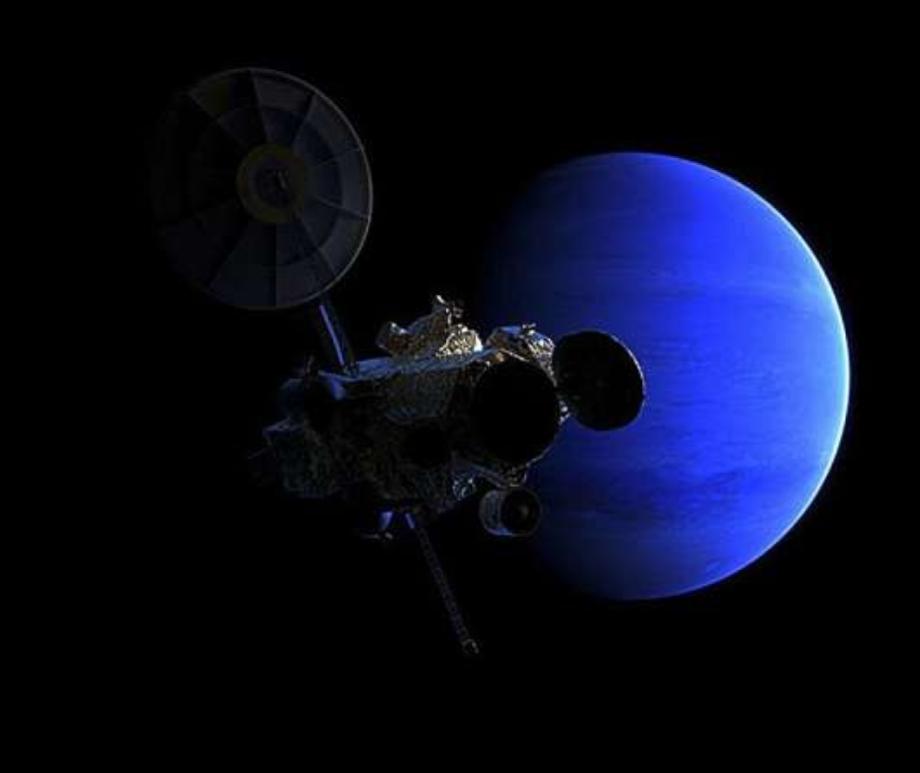
An ambitious mission to Neptune could study both the planet and Triton
September 17, 2024
The Arcanum mission hopes to orbit Neptune and land on Triton. Read more
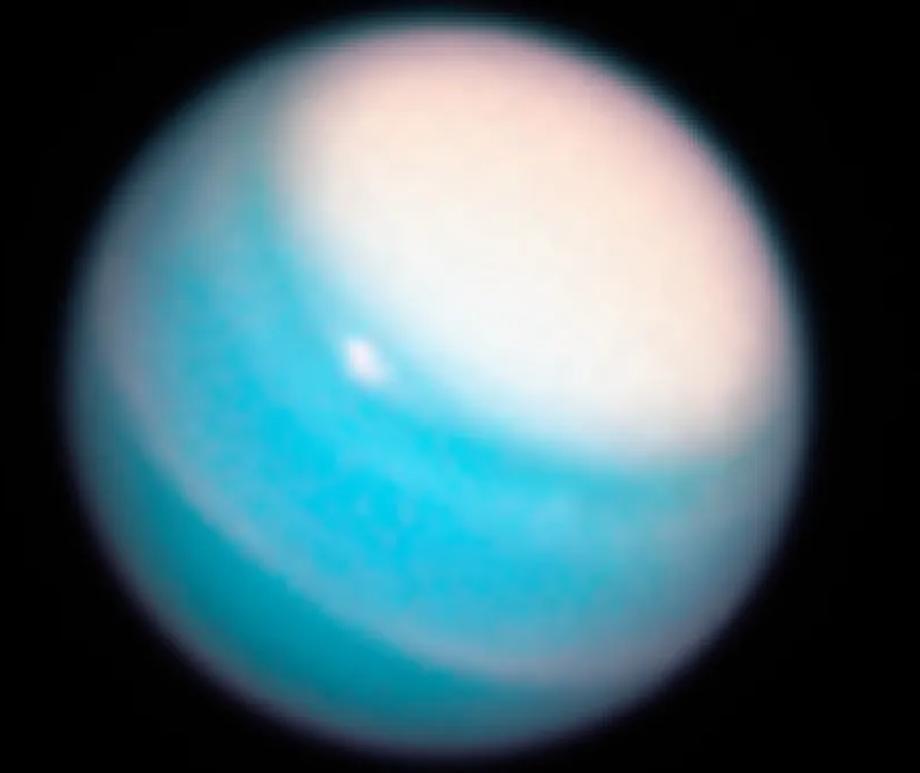
Scientists finally know why ultraviolent superstorms flare up on Uranus and Neptune
September 16, 2024
A team of astronomers has proposed that methane may hold the key to controlling these storms. Read more
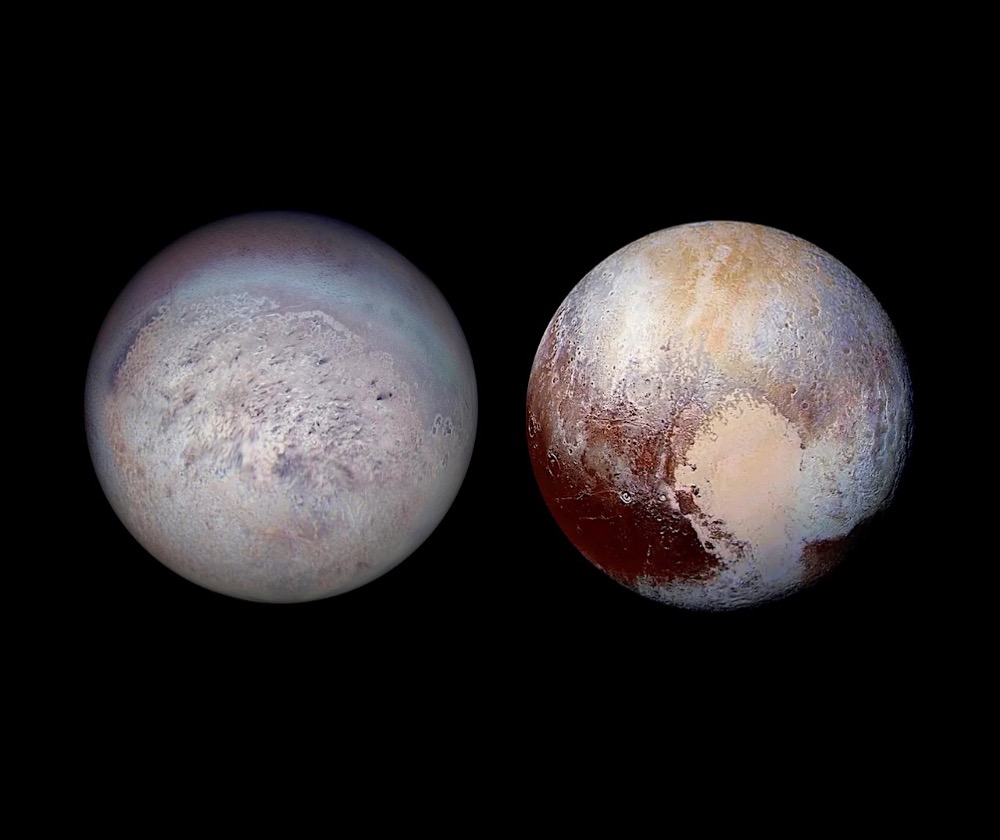
Twin worlds, divergent fates: How obliquity has differently shaped Pluto’s and Triton’s landscapes and climates
September 5, 2024
Triton and Pluto are believed to share a common origin Read more
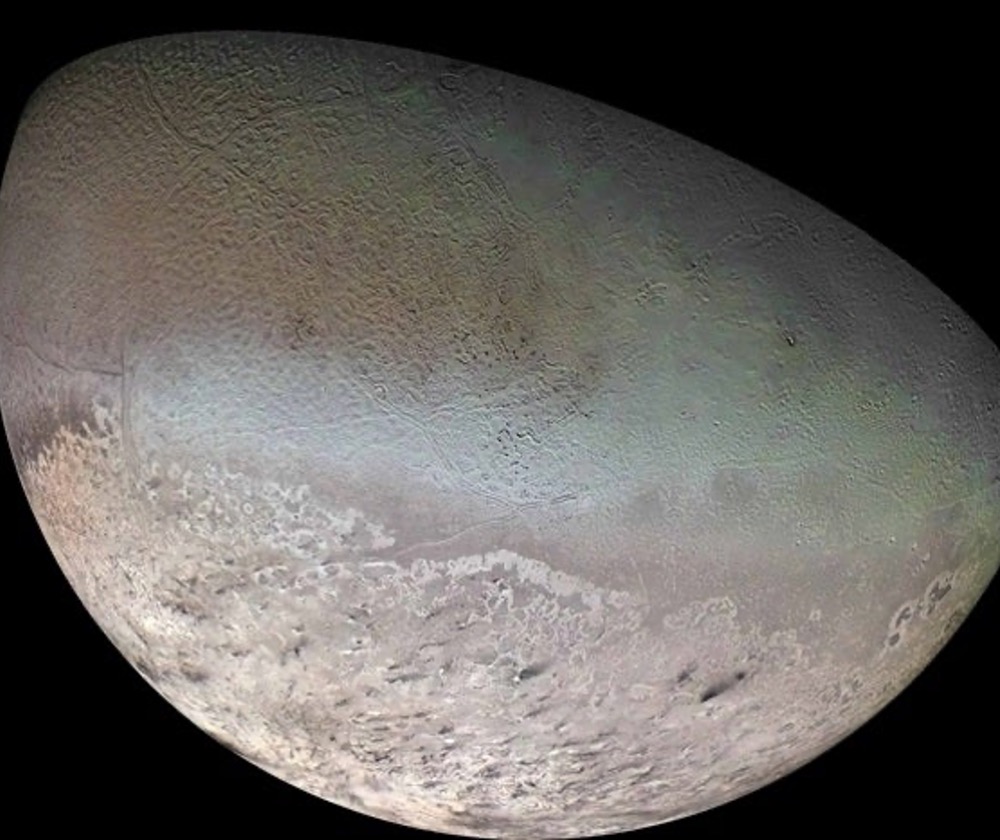
Captive worlds: Is Neptune’s moon Triton a kidnapped Pluto?
June 10, 2024
Some of the earliest direct evidence that Pluto wasn’t alone came from an icy moon Read more
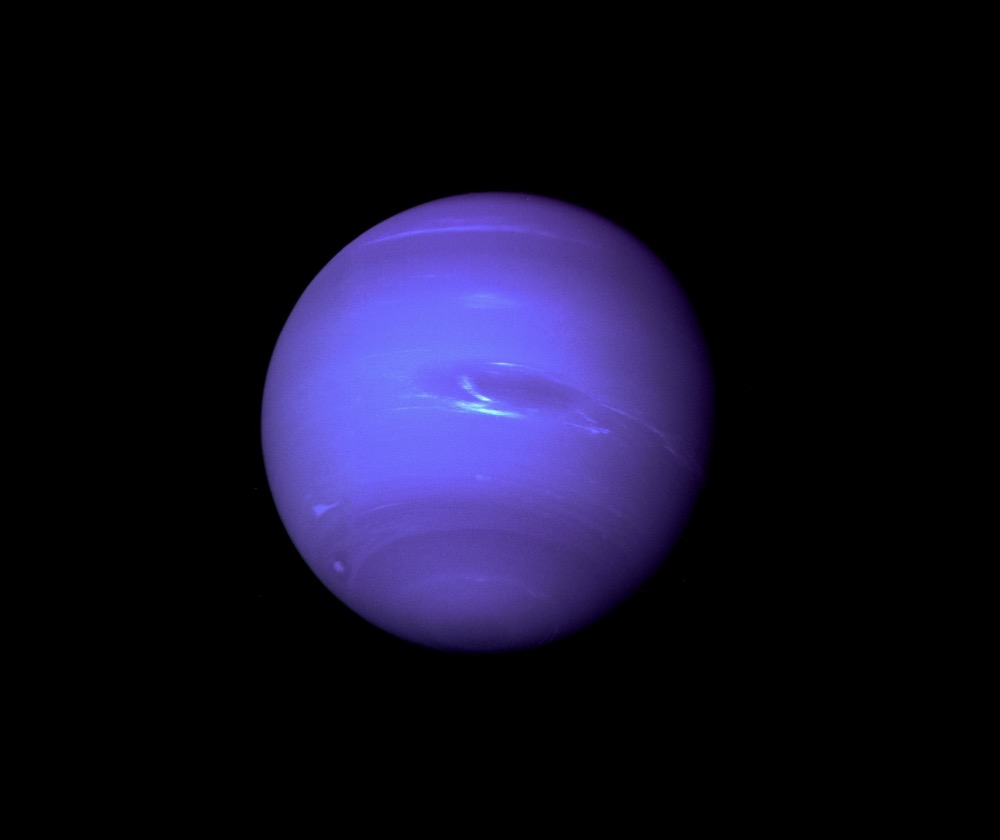
Why is Neptune's magnetic field so weird? An exotic molecule may be the answer
June 7, 2024
A molecule that can't be formed on Earth may lurk within Neptune Read more
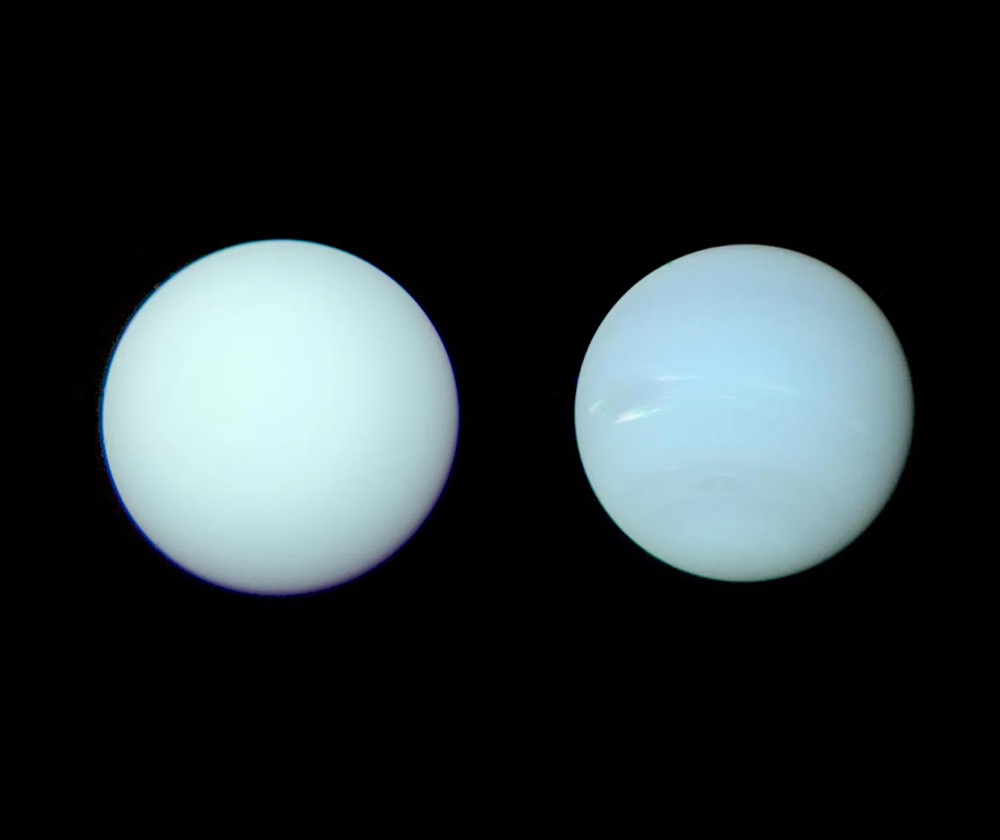
Uranus and Neptune as methane planets: Producing icy giants from refractory planetesimals
June 1, 2024
It is often assumed that they contain roughly twice as much water as rock Read more
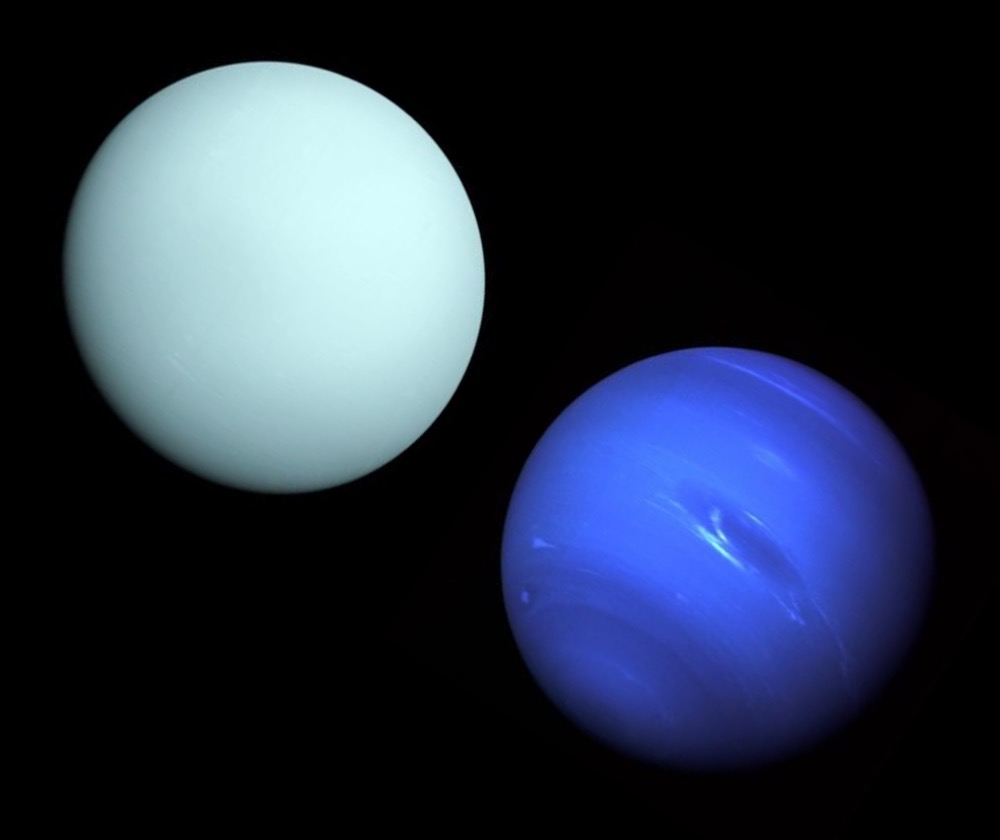
When Uranus and Neptune migrated, three icy objects were crashing into them every hour!
May 18, 2024
The giant outer planets haven’t always been in their current position Read more
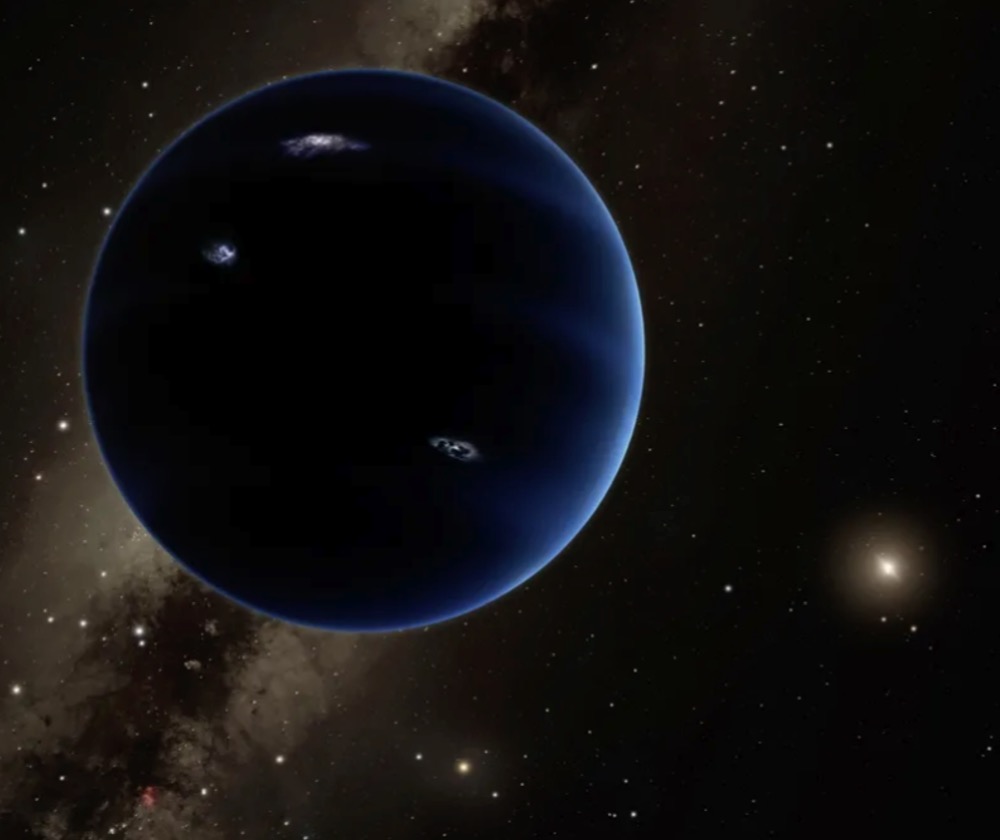
Evidence for Planet 9 found in icy bodies sneaking past Neptune
April 29, 2024
Something is throwing icy bodies past Neptune Read more
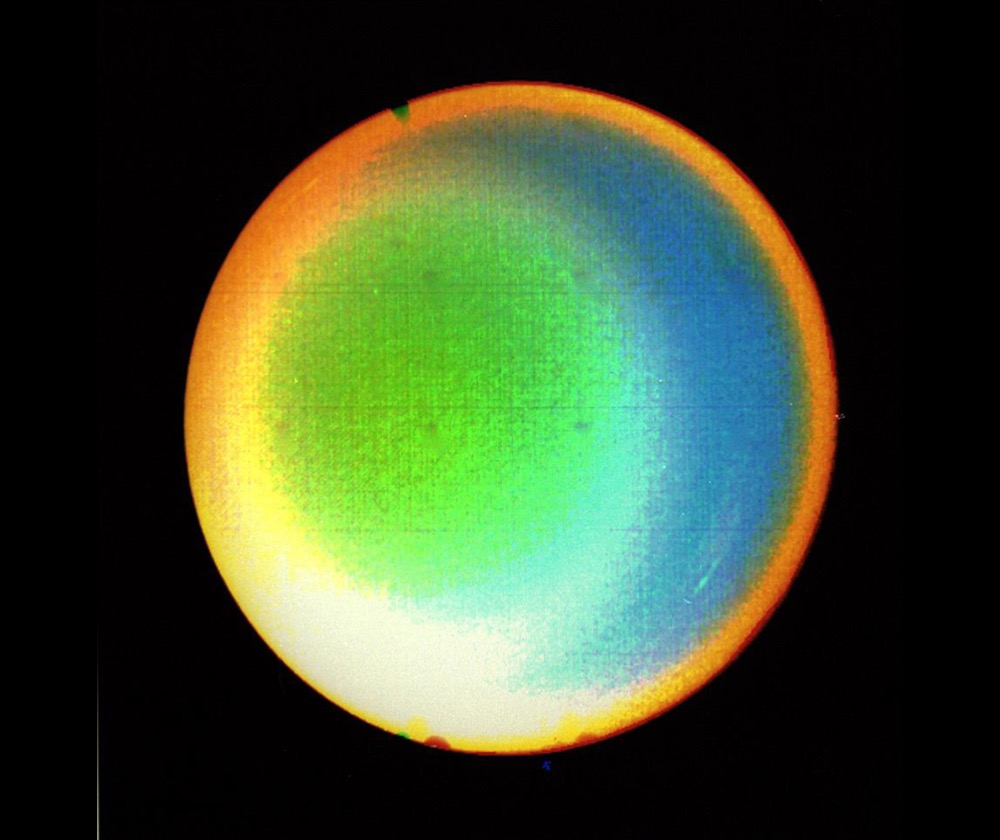
Uranus and Neptune aren't made of what we thought
April 11, 2024
A study suggests the ice giants Uranus and Neptune aren't quite as watery as previously thought Read more
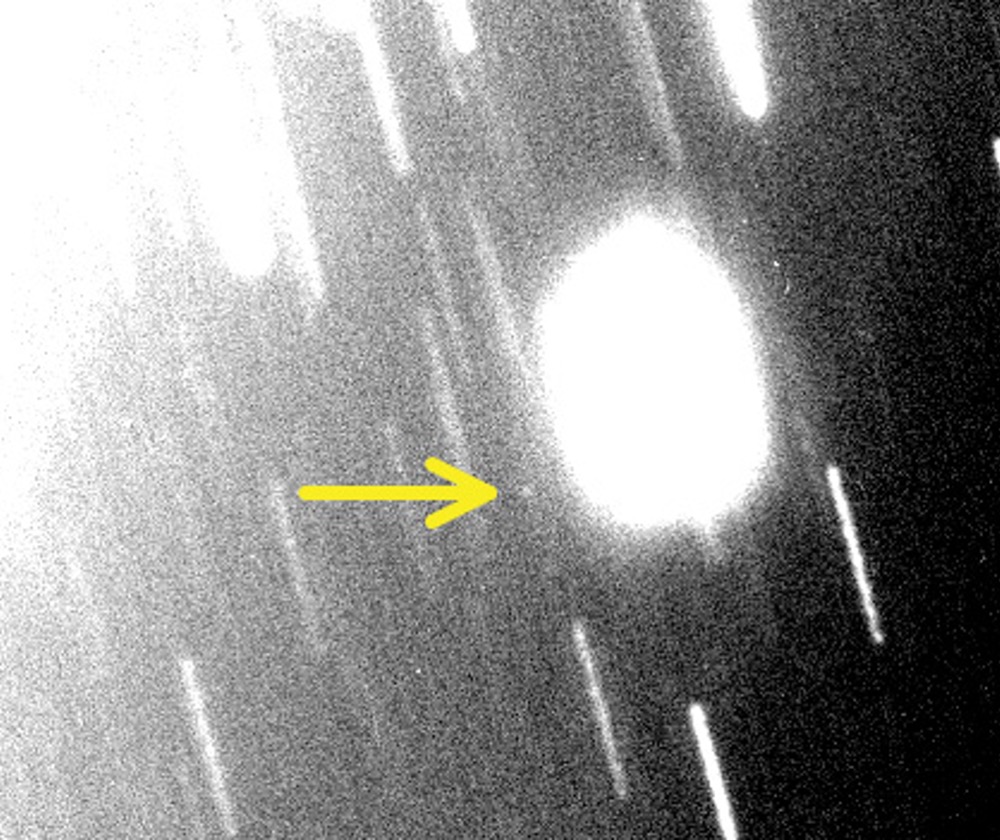
The three new moons for Uranus and Neptune are each part of a “family"
February 7, 2024
These groupings fragmented from a single parent object Read more

Hubble reveals dynamic atmospheres of Uranus, Neptune
February 7, 2024
The new Hubble view shows the dark storm, appearing during the planet's southern summer Read more
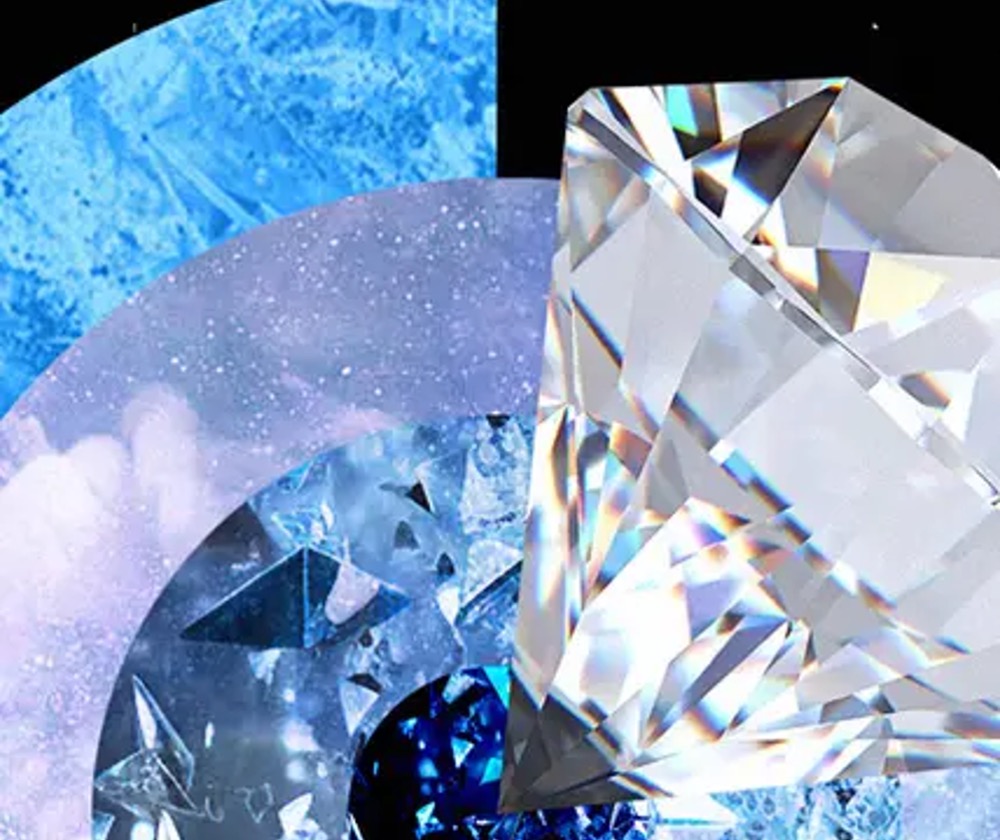
Could diamonds drive Neptune and Uranus’ magnetic fields?
January 12, 2024
Diamonds could form in the shallow interiors of planets like Neptune and travel downward Read more

Uranus and Neptune are actually similar blues, 'true' color images reveal
January 4, 2024
Early Neptune images had been "stretched and enhanced" to display its clouds Read more
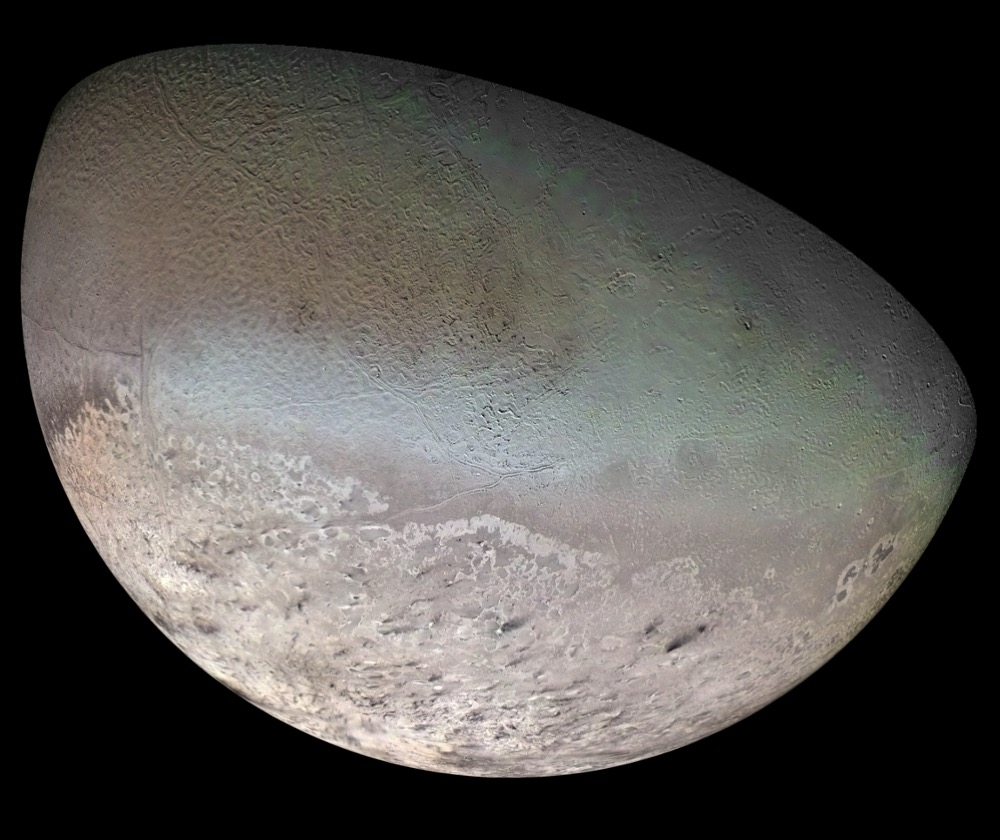
Surface volatile composition as evidence for hydrothermal processes lasting longer in Triton’s interior than Pluto’s
December 12, 2023
Ocean worlds are among the most compelling topics of astrobiology Read more
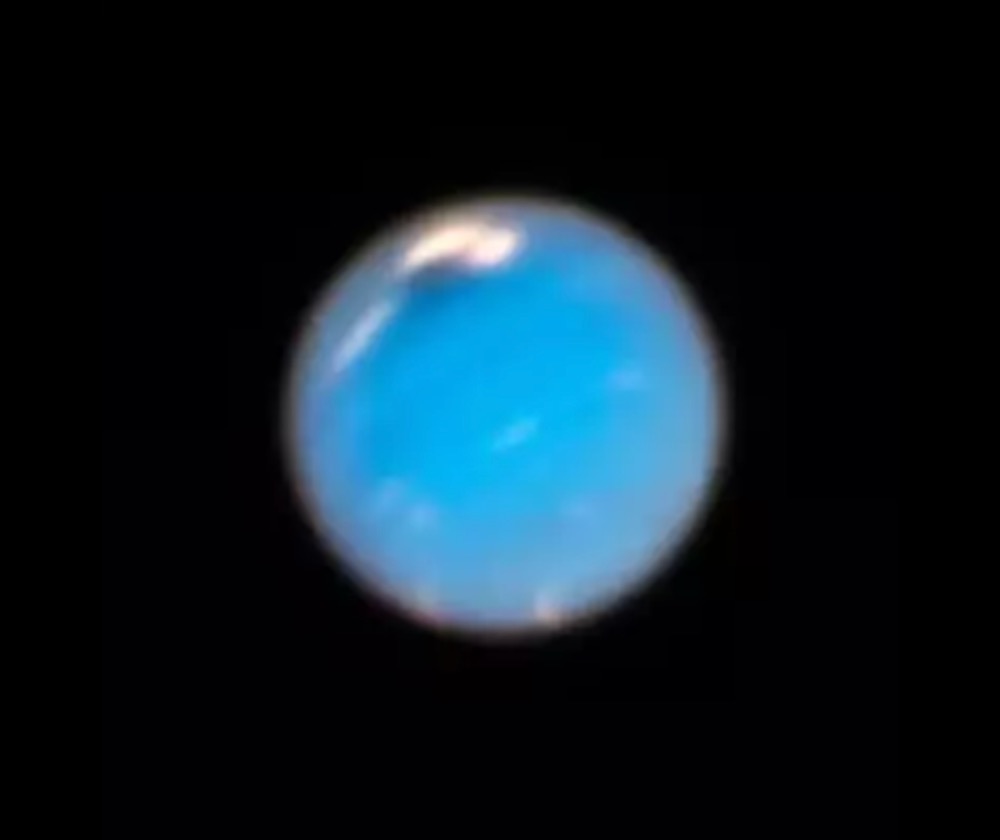
Why aren't there more close-up images of Uranus and Neptune?
November 6, 2023
Neither planet has ever had its own dedicated mission Read more
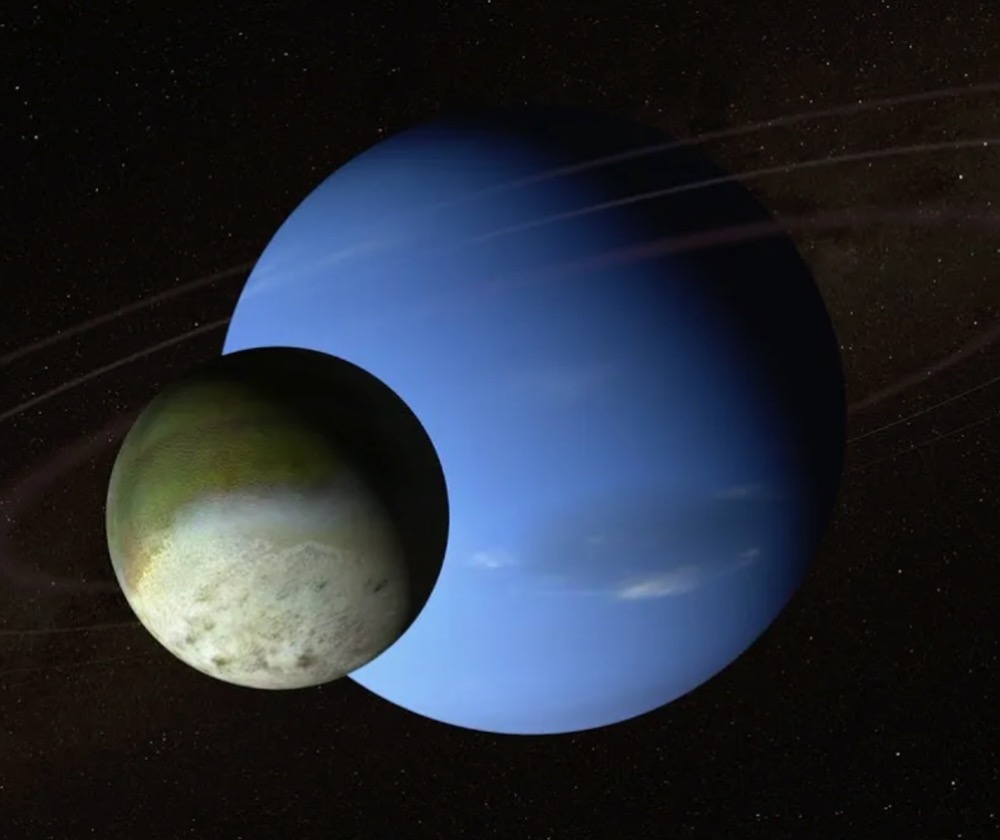
Could Neptune's largest moon swing a spacecraft into the planet's orbit?
October 19, 2023
A radical new idea is to use the thin atmosphere of Triton to capture the spacecraft Read more
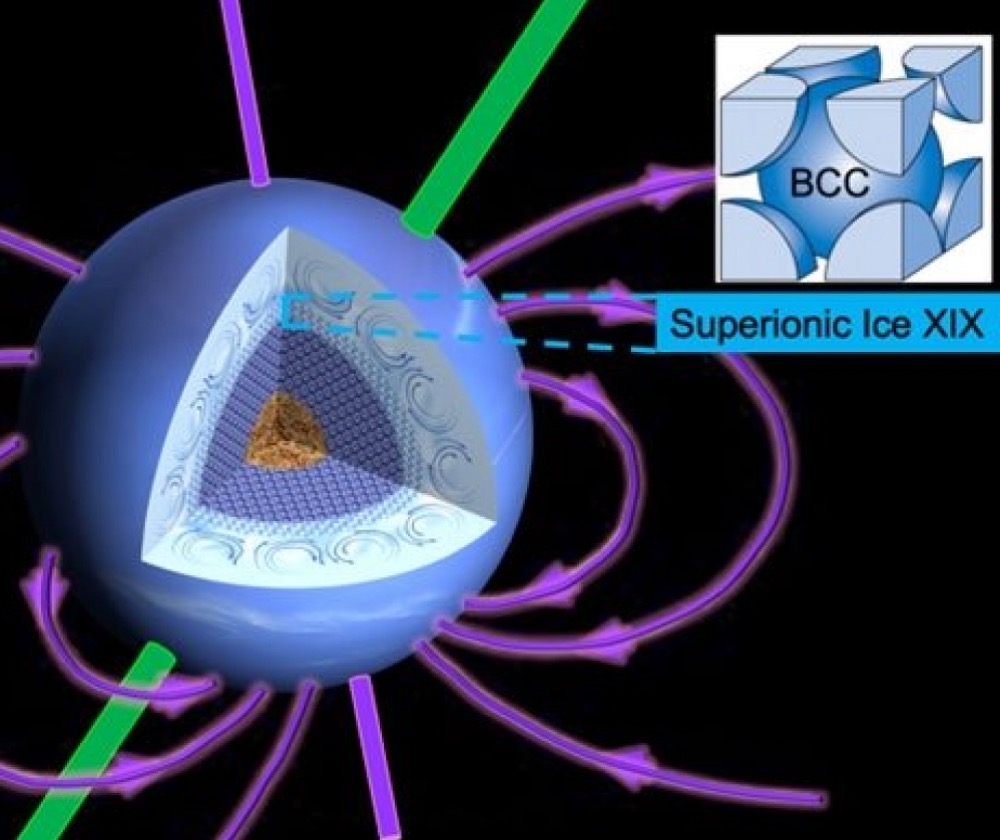
Study explains Neptune and Uranus' unusual magnetic fields
October 10, 2023
Ice XIX is a high-pressure form of ice that could develop in the deep interior of Neptune Read more
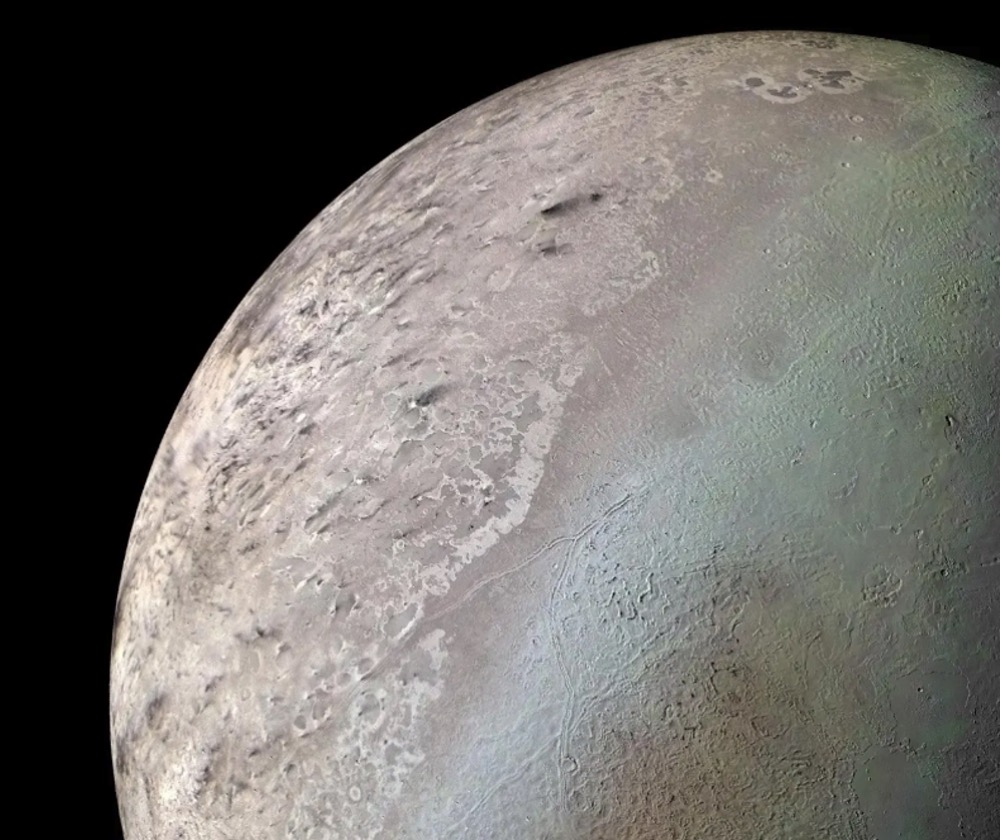
Why is Neptune's moon Triton so weird?
September 15, 2023
The outer Solar System contains one striking crime scene holding a big mystery Read more
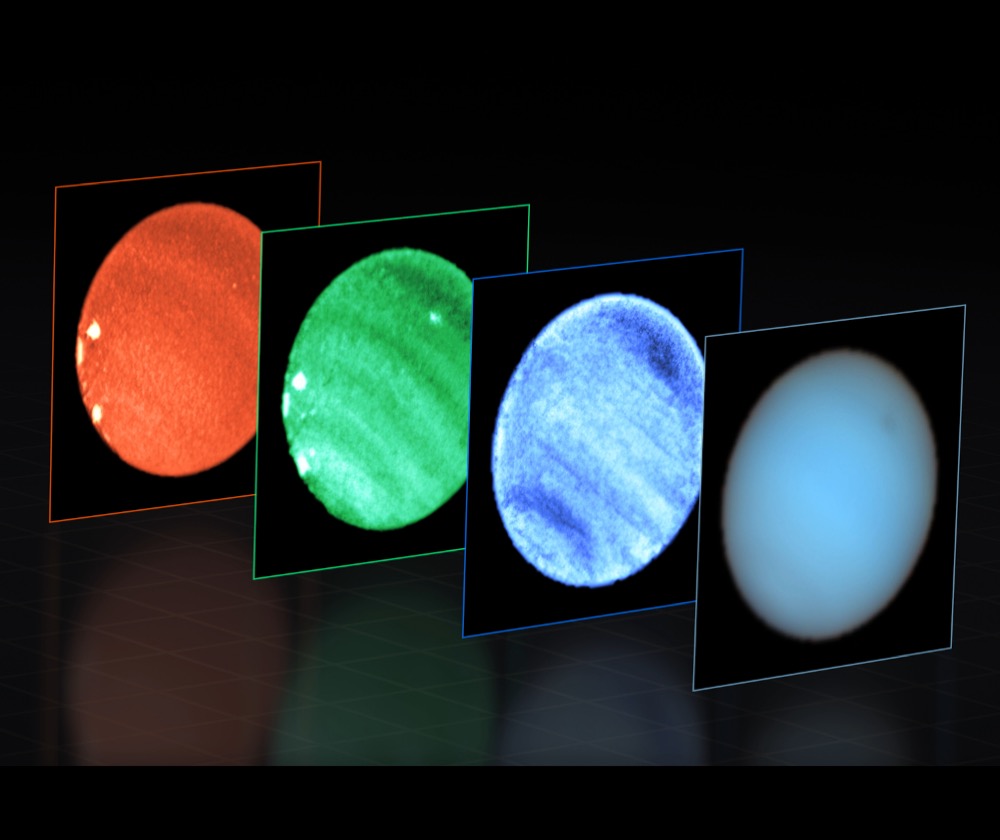
Weird dark spot on Neptune may have a bright spot buddy
August 24, 2023
The first-ever ground-based image of a dark spot reveals clues as to their origin Read more
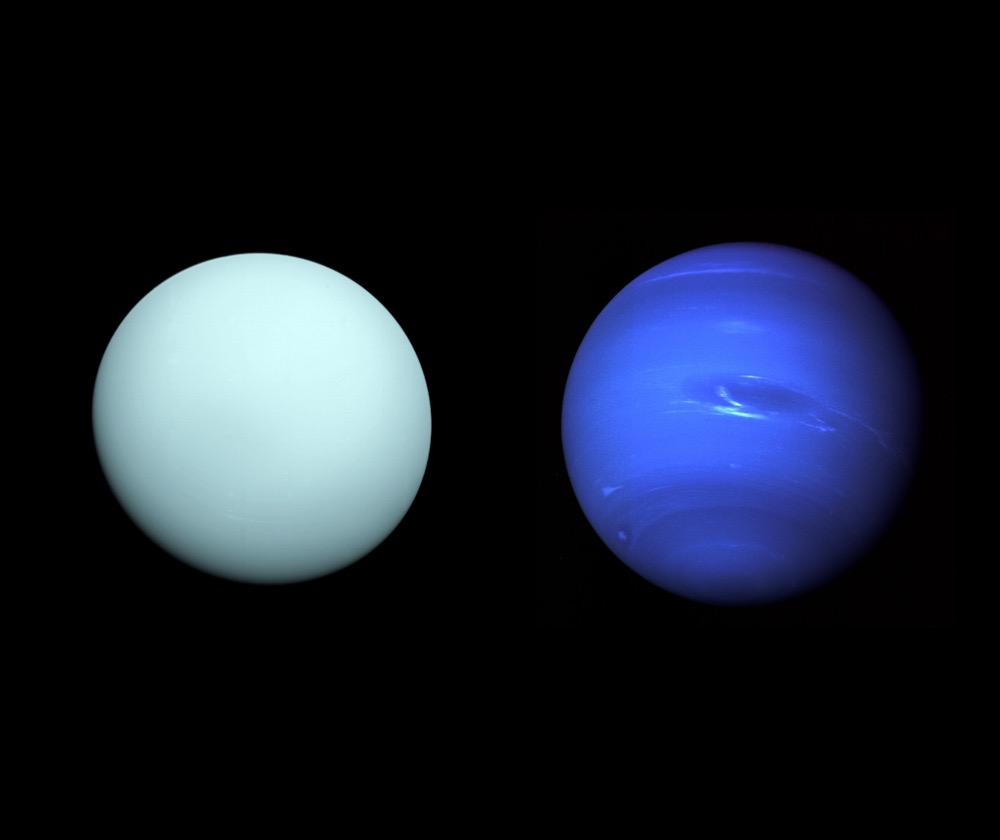
NASA asks for help studying Uranus and Neptune as it prepares to capture new images
August 18, 2023
The New Horizons spacecraft will take images of the ice giants from "behind" Read more
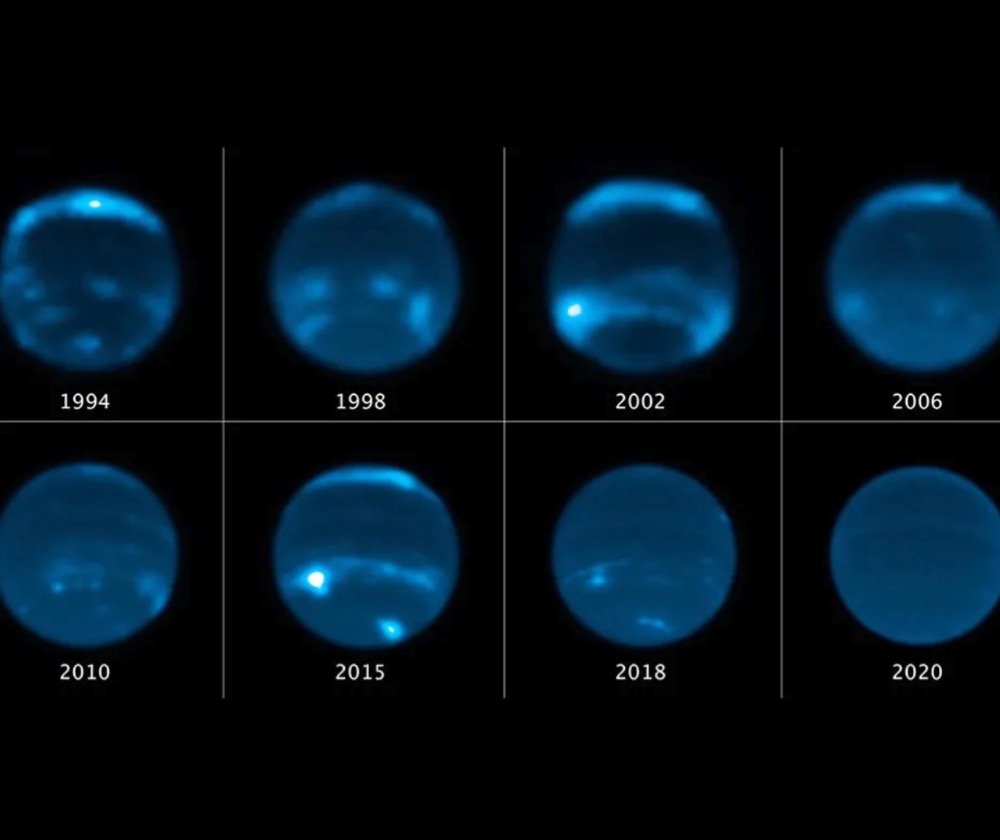
Neptune's clouds have vanished, and the sun may be to blame (video)
August 17, 2023
We essentially saw cloud activity drop within a few months Read more
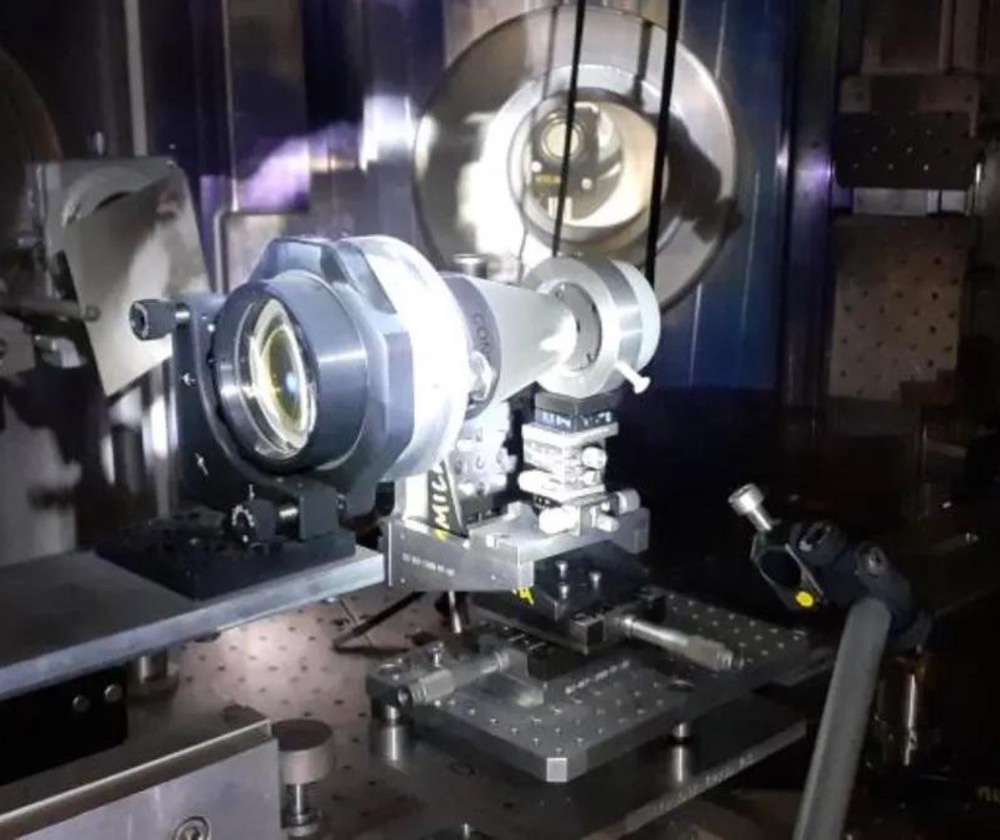
Superionic ammonia in the lab sheds light on magnetic fields of Uranus and Neptune
July 11, 2023
Conditions in their lab resemble those on the planets Read more

What we’ve learned from JWST’s new images of Neptune
April 19, 2023
Neptune’s methane gas strongly absorbs red and infrared light, so the planet looks dark Read more
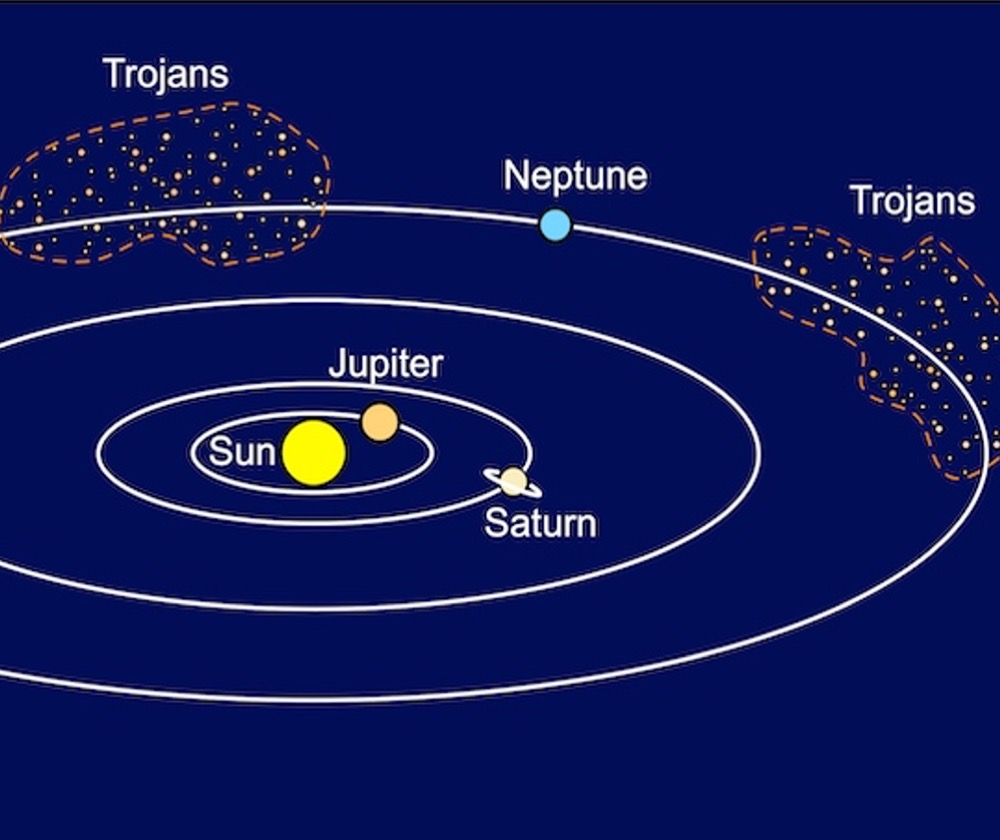
Neptune Trojans now seen as redder
April 11, 2023
Scientists say they contain more volatile ices like ammonia and methanol Read more
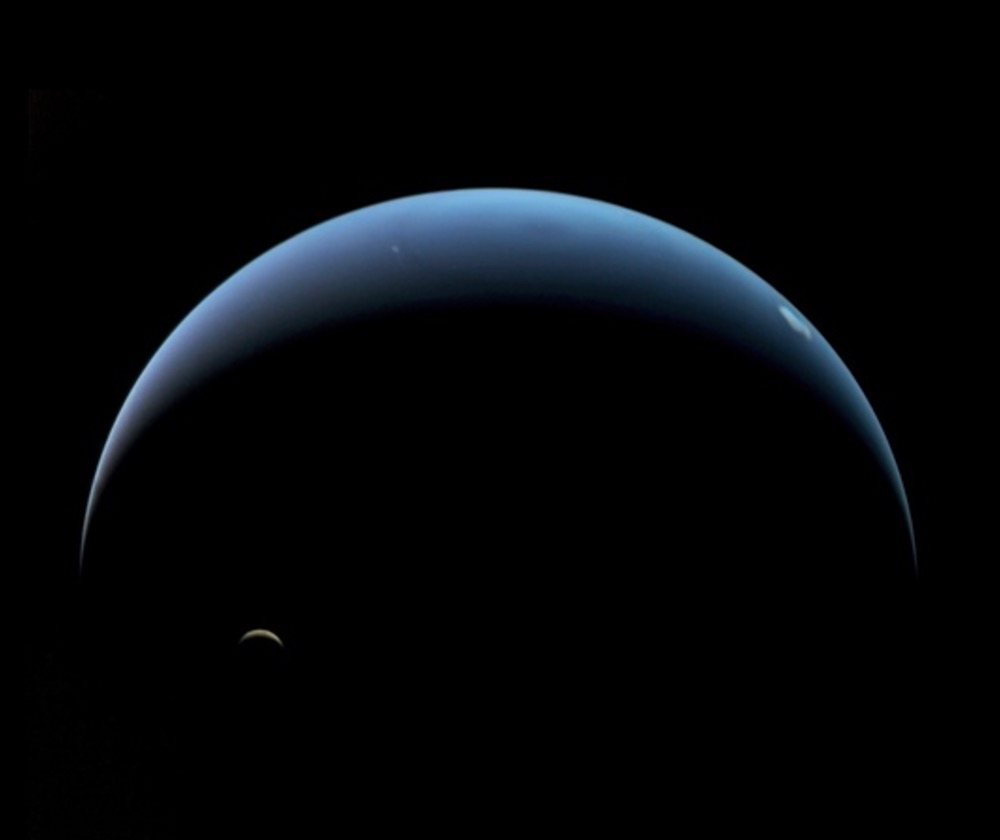
Do diamonds rain on the ice giants?
March 8, 2023
New research shows diamonds might condense out of Neptune’s mantle, but not Uranus’ Read more
Fascinating Facts About Neptune
- If the sun were as tall as a typical front door, the Earth would be the size of a nickel and Neptune would be about as big as a softball.
- From Neptune’s surface, the Sun appears about three-hundredths as large as it does from Earth and sunlight appears about 900 times dimmer.
- Neptune has 13 confirmed moons (and 1 more awaiting official confirmation of discovery). Neptune's moons are named after various sea gods and nymphs in Greek mythology.
- At times during the course of Neptune's orbit, dwarf planet Pluto is closer to the sun than Neptune is. This is due to the unusual elliptical (egg) shape of Pluto's orbit.
- Neptune is the windiest world in the solar system; winds have been measured up to speeds of 2000 kilometers per hour.
- Neptune emits about 2.6 times the energy it receives from the Sun. This energy is thought to come from the continued cooling of the planet after its gravitational collapse during the formation of the solar system. Because of this, the weather on the planet is internally driven: it depends on the energy emitted by the planet itself. On the other hand, the weather on Earth is externally driven, by the sun!
- Neptune has the second largest gravitational force of any planet in the solar system after Jupiter.
- Neptune is a sister ice giant to Uranus. Neptune is mostly made of a very thick, very hot combination of water (H2O), ammonia (NH3), and methane (CH4) over a possible heavier, approximately Earth-sized, solid core.
Missions
Voyager 2 (1977)
Mission to study the outer solar system
